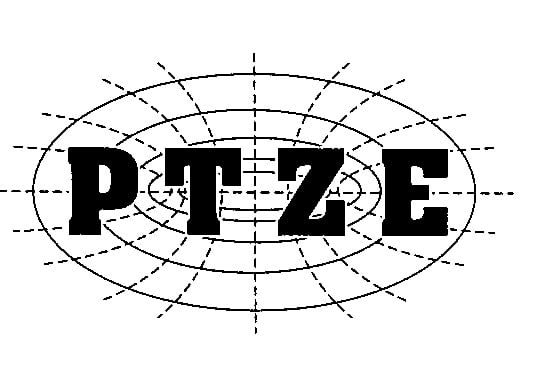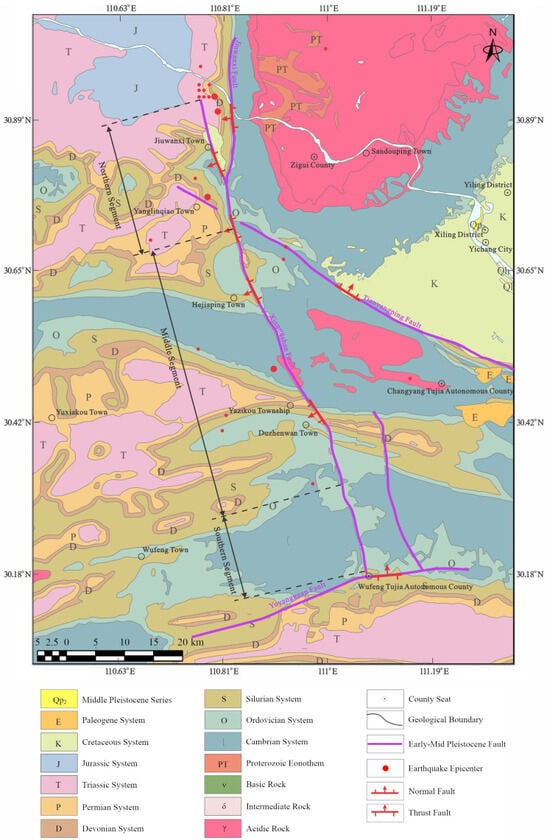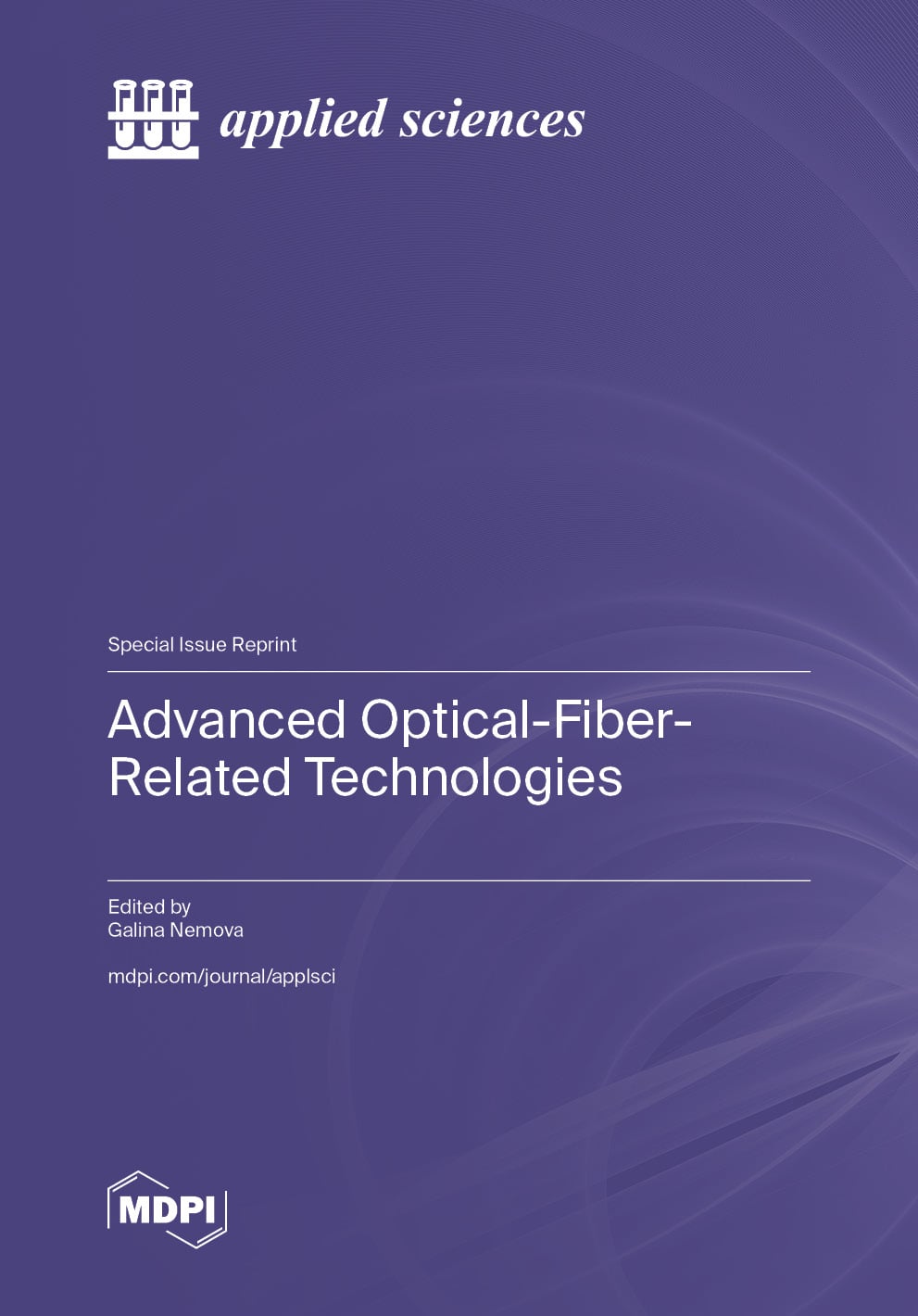- Article
Application of Various Geophysical Methods in the Characterization of the Xiannüshan Fault Zone
- Jingan Luo,
- Song Lin and
- Wenxiu Ding
- + 5 authors
The Xiannüshan Fault Zone, located in the southwestern part of the Huangling Anticline within the Three Gorges Reservoir area of Hubei Province, is one of the largest and most complex faults in the region. The geological structures of its different segments vary significantly. Previous studies have primarily focused on the northern segment and often relied on single geophysical methods, which are insufficient for detailed characterization of the entire fault zone. Based on existing geological data, field reconnaissance results, and the geological characteristics of different segments of the fault zone, we employed multiple geophysical methods for a varied investigation: shallow seismic reflection in the northern segment; a combination of waterborne seismic exploration and microtremor survey in the middle segment; and high-density resistivity in the southern segment. The integrated approach revealed the spatial extent, fault geometry, and activity characteristics of each segment, confirming that the Xiannüshan Fault Zone is a pre-Quaternary structure dominated by thrusting. The findings provide a critical scientific basis for regional seismic hazard assessment and disaster mitigation planning, while also establishing a technical framework with significant practical application value for detailed fault characterization in geologically complex environments.
6 January 2026





